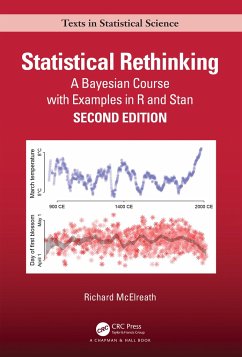
Essentials of Interpretative Phenomenological Analysis
Versandkostenfrei!
Sofort lieferbar
20,99 €
inkl. MwSt.

PAYBACK Punkte
10 °P sammeln!
Offering practical guidance for qualitative research in social sciences and psychology, the series explores methods for delving into lived experiences. Essentials of Interpretative Phenomenological Analysis details a step-by-step approach to uncover both universal and personal meanings behind life events and emotional challenges.












